The importance of mesh quality and fineness in electromagnetic simulations
Meshing is the process in which the surface of an object is divided into a large number of parts to correctly define the physical shape of that object.
Mesh generation is one of the most important steps in any electromagnetic simulation since it represents the degree of approximation that the model has with reality.
The quality of the meshing is very important since it will determine the possibility of solving the case and the computational speed with which it would be solved. The complexity of this process will largely depend on the type of simulation and the characteristics of the model.
CENOS Antenna Design Software provides automated meshing that produces a suitable mesh for simple and efficient solutions. The values built into the software make meshing an intuitive task for the user. On the other hand, the mesh resolution can also be optimized in CENOS to achieve better precision in selected parts of the model. This facilitates fast and detailed analysis of specific regions of interest, due to the reduction in the amount of data to be visualized and manipulated.
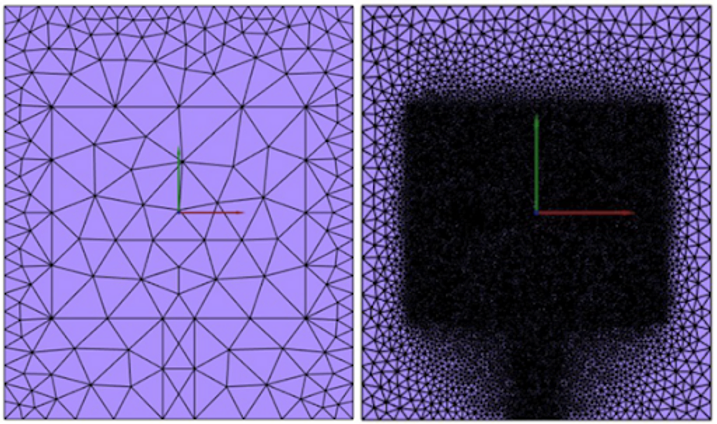
Patch antenna with coarse mesh / Patch antenna with very fine mesh
It is possible to create a mesh refinement for elements, which is very useful in the case of antennas, since creating a fine mesh where the electric and magnetic field gradients are stronger increases the precision of the results without too long simulation time.
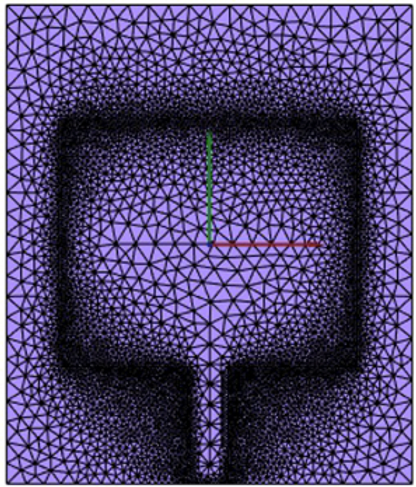
Patch antenna with fine mesh
In practice, by making changes to the mesh dimensions and successive runs, it is possible to show the precision of the model within an approximate percentage.
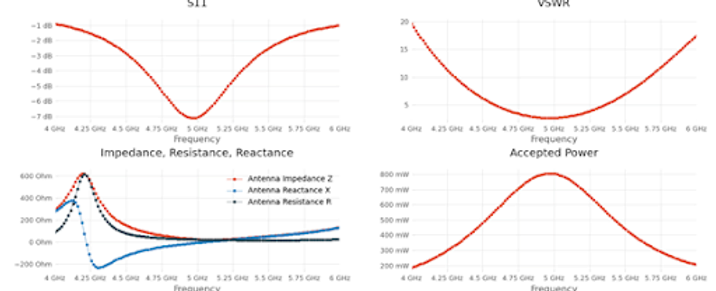
2D plots of patch antenna with coarse mesh
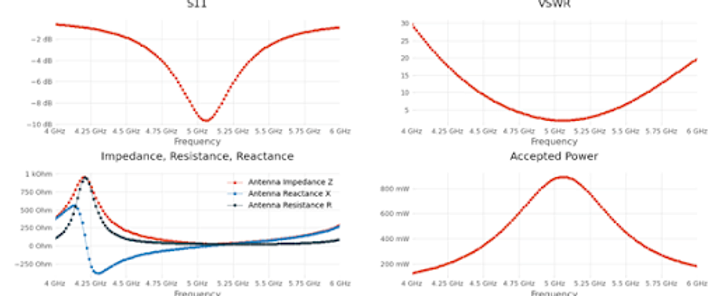
2D plots of patch antenna with moderate mesh
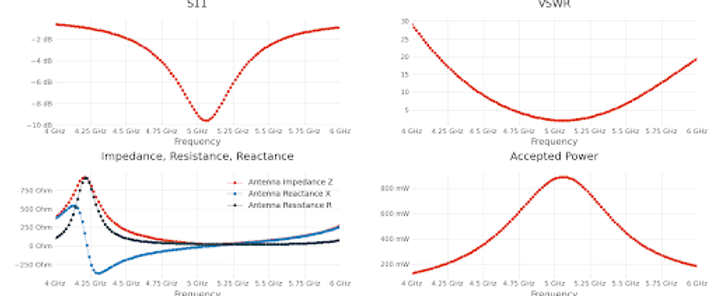
2D plots of patch antenna with very fine mesh
In conclusion, as you increase the fineness of the mesh, the simulation runtime can increase significantly. However, it is obvious that beyond a certain number of meshcells, the model is already close enough to the real model, and a finer mesh will have a negligible effect on the results.
This leads to the logical argument that a moderate to very fine mesh will ultimately provide the optimal tradeoff between simulation runtime and result accuracy, and this is the ‘sweet spot’ an antenna engineer should generally be aiming for when designing and simulating antennas.


